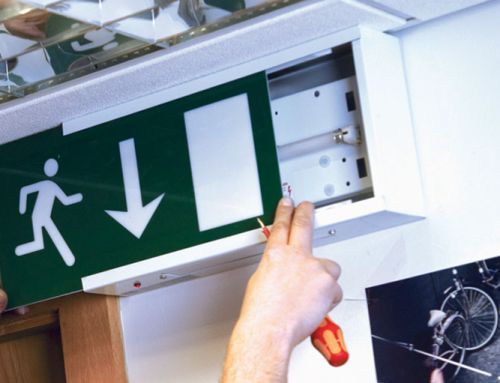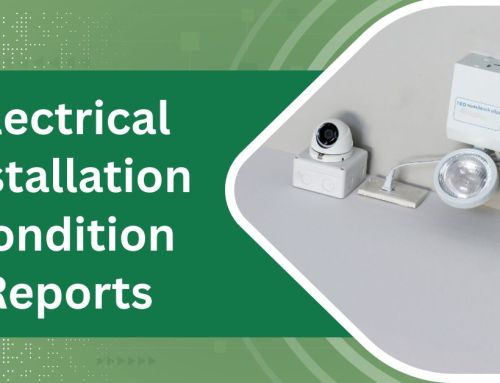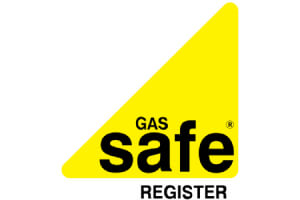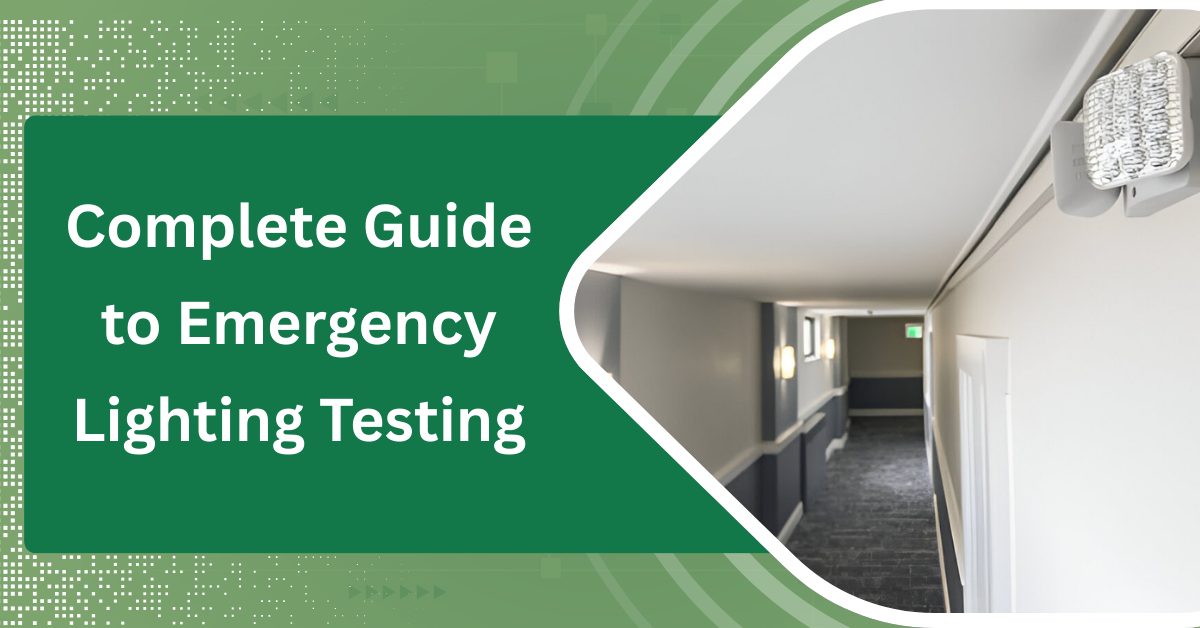
Did you know that nearly 60% of building evacuation failures are linked to inadequate emergency lighting? If you’re responsible for facility safety, you can’t afford to overlook the technical requirements and regulatory demands for testing these systems. A single missed inspection or improper maintenance step can compromise occupant safety and expose your organization to legal risk. Understanding the precise procedures and best practices is essential, especially when lives and compliance are on the line.
Key Takeaways
- Emergency lighting testing is mandated by standards like NFPA 101 and IBC to ensure occupant safety during power outages.
- Perform monthly functional tests and annual full-duration tests to verify illumination, automatic operation, and battery capacity.
- Document all inspections, test results, and corrective actions to maintain compliance and support regulatory audits.
- Common issues include battery failures, wiring faults, and fixture degradation; regular maintenance and prompt repairs are essential.
- Train staff on testing procedures, fault identification, and regulatory requirements to ensure ongoing system reliability and safety.
Understanding the Importance of Emergency Lighting
Whether you’re overseeing a commercial building or managing a public facility, you must recognize that emergency lighting is a critical safety measure required by regulatory standards. It’s not just about compliance; it’s about ensuring occupant safety during unforeseen events, especially power outages.
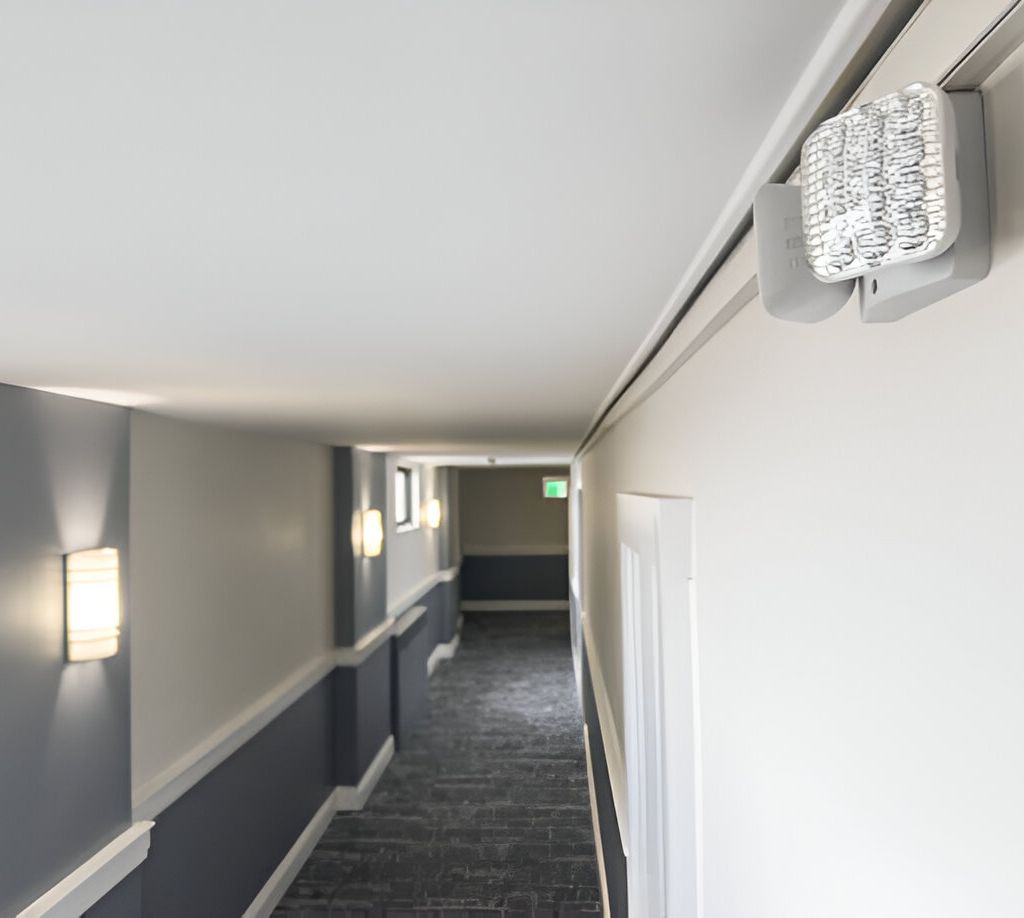
When normal lighting fails, emergency lighting systems provide essential illumination, supporting safe evacuation and minimizing panic. You need to assess the risks posed by potential hazards, such as blocked exits or trip hazards that become invisible in darkness.
Without adequate emergency lighting, occupants are vulnerable to injury and confusion, jeopardizing both lives and your facility’s liability position. By prioritizing robust emergency lighting, you create a safe environment where risks are controlled and occupants can depend on reliable guidance during any loss of power.
Key Regulations and Standards for Emergency Lighting
Although emergency lighting enhances occupant safety, you must make certain your systems comply with specific regulations and standards to avoid legal and operational risks. Regulatory compliance isn’t optional; it’s your foundation for liability mitigation and effective life safety.
Familiarize yourself with the core safety standards dictating design, installation, and ongoing testing requirements. To achieve mastery, focus on these essential frameworks:
- NFPA 101 Life Safety Code – Establishes minimum building safety requirements, with explicit mandates for emergency lighting performance and testing.
- International Building Code (IBC) – Integrates emergency lighting specifications that align with both construction and continued occupancy.
- Local Authority Having Jurisdiction (AHJ) Requirements – Imposes additional, site-specific safety standards that can exceed national codes.
Consistently review these standards to maintain compliance, minimize risk, and ensure your emergency lighting delivers reliable protection.
Types of Emergency Lighting Systems
A thorough understanding of emergency lighting types is fundamental for achieving code compliance and operational reliability. You’ll encounter several system categories, each with distinct operational profiles and installation methods. Self-contained systems offer decentralized reliability, using integrated batteries, while central battery systems provide streamlined maintenance but require robust infrastructure. Battery types—often sealed lead-acid or nickel-cadmium—directly influence longevity and performance. Your installation method, whether surface-mounted or recessed, impacts both maintenance access and compliance with fire compartmentation requirements. Review the table below for a comparative summary:
| Type | Key Considerations |
|——————————|———————————–|
| Self-contained | Individual battery, easy install |
| Central battery system | Centralized, complex wiring |
| Maintained | Illuminates constantly |
| Non-maintained | Activates only on power failure |
Select a configuration aligned with risk assessment and regulatory demands.
Frequency and Scheduling of Testing
To maintain compliance and guarantee operational readiness, you must adhere to a structured schedule for emergency lighting testing. Regulatory bodies set strict testing intervals to minimize risk and ensure performance during emergencies.
Scheduling best practices require you to integrate testing seamlessly with other critical safety protocols. Regular testing not only identifies system deficiencies but also supports robust risk management.
Follow this essential framework:
- Monthly functional tests — Activate each unit briefly to confirm illumination and automatic operation.
- Annual full-duration tests — Simulate a mains failure for the full rated period, ensuring battery capacity and endurance.
- Comprehensive record-keeping — Log every test with date, outcome, and corrective actions, supporting regulatory audits and liability protection.
Adhering to these intervals and scheduling best practices ensures compliance and operational security.
Step-by-Step Emergency Lighting Testing Procedures
When conducting emergency lighting tests, you must follow a methodical sequence to guarantee every unit meets regulatory standards and functions reliably in a crisis. Start by visually inspecting each fixture for damage, obstruction, or unauthorized modifications.
Next, utilize appropriate testing equipment to simulate a power failure, ensuring all lights switch to emergency mode. Record illumination levels and duration precisely, referencing compliance benchmarks.

Assess battery performance by evaluating charge levels and confirming battery maintenance has been completed per manufacturer and regulatory guidelines. Document all findings, including any deviations or required corrective actions.
Reset systems and verify normal operation post-test. Consistent adherence to these procedures mitigates operational risk and supports compliance, ensuring your emergency lighting remains effective and ready during actual emergencies.
Common Issues Identified During Testing
During routine emergency lighting tests, you’ll frequently encounter issues that compromise both compliance and safety. To maintain regulatory standards and mitigate operational risks, you must identify and address failure modes swiftly. Battery failures remain the most prevalent concern, often manifesting as reduced illumination duration or complete non-functionality.
Routine emergency lighting tests often reveal failures that jeopardize compliance and safety, demanding swift identification and resolution to maintain standards.
Wiring issues are equally critical, with improper connections or damaged conductors leading to circuit interruptions or intermittent operation. Fixture degradation, impacted by environmental factors or aging components, further threatens reliability.
Here’s what to watch for:
- Battery failures—diminished backup time, swollen cells, or inability to recharge.
- Wiring issues—loose terminations, corroded contacts, or accidental disconnections.
- Fixture degradation—cracked lenses, corroded housings, or lamp blackouts.
Meticulous inspection and corrective action reduce regulatory exposure and ensure life safety.
Documentation and Record-Keeping Requirements
Accurately documenting emergency lighting tests safeguards your compliance profile and supports audit readiness. You must record every inspection, test result, and remedial action in a manner that aligns with regulatory mandates such as NFPA 101, BS 5266, or local fire codes.
Use digital logs to streamline record-keeping, minimize transcription errors, and enable rapid retrieval during audits. Compliance documentation should include test dates, system locations, outcomes, faults identified, and corrective measures taken.
Maintain these records for the duration specified by your governing authority, usually several years. Regularly review and update your documentation process to reflect changes in compliance standards.
Tips for Maintaining Emergency Lighting Systems
Although emergency lighting systems are designed for reliability, ongoing maintenance is vital to guarantee peak performance and regulatory compliance. You must implement disciplined maintenance schedules and ensure your team’s expertise stays current.
Prioritize regular visual inspections, functional tests, and battery checks to reduce the risk of failures during a critical event. Thorough staff training ensures that those responsible can identify potential issues, interpret test results, and respond appropriately to system faults.
To maintain regulatory compliance and system integrity, focus on:
- Establishing a documented maintenance schedule—Schedule and log all inspections, tests, and corrective actions.
- Providing comprehensive staff training—Equipping personnel with up-to-date technical knowledge and regulatory standards.
- Reviewing risk assessment findings—Regularly analyze system vulnerabilities, update procedures, and mitigate identified risks proactively.
Frequently Asked Questions
Who Is Qualified to Perform Emergency Lighting Testing?
Did you know 80% of emergency lighting failures stem from improper testing? You must use qualified technicians who meet local certification requirements, ensuring regulatory compliance and reducing risk. Don’t overlook proper credentials—they’re essential for safety and legal protection.
What Are the Costs Associated With Emergency Lighting Testing?
When conducting a cost analysis for emergency lighting testing, you’ll account for technician fees, equipment, and potential repairs. Integrate these expenses into your budget planning to ensure regulatory compliance and robust risk assessment for facility safety.
Can Emergency Lighting Testing Be Conducted During Business Hours?
You can conduct emergency lighting testing during business hours if you carefully manage emergency lighting testing scheduling to minimize disruption. Guarantee legal compliance by evaluating operational risks and documenting all procedures to meet regulatory requirements and maintain uninterrupted safety standards.
Are There Smartphone Apps for Emergency Lighting Test Management?
Did you know 60% of facility managers now use smartphone apps for test management? You can streamline emergency lighting testing, guarantee regulatory compliance, and minimize risk by leveraging these apps to record, schedule, and document inspection procedures securely.
How Do I Dispose of Faulty Emergency Lighting Batteries?
To dispose of faulty emergency lighting batteries, you must follow battery recycling protocols and adhere to local disposal regulations. Assess risks of hazardous materials, don’t mix battery types, and use authorized recycling facilities to guarantee compliance and environmental safety.
About the Author: LandlordCertificate
Related Posts
Get Social
Recent Posts
- Domestic Fire Alarm Installation: Protecting Your Home and Family with Reliable Fire Safety Systems
- Asbestos Management Survey Report: Complete Guide for Property Owners and Duty Holders
- Emergency Lighting Test Certificate: A Complete Guide for UK Properties in 2025
- Portable Appliance Testing Cost in 2025: Everything You Need to Know
- Energy Performance Certificate Requirements Explained for 2025



